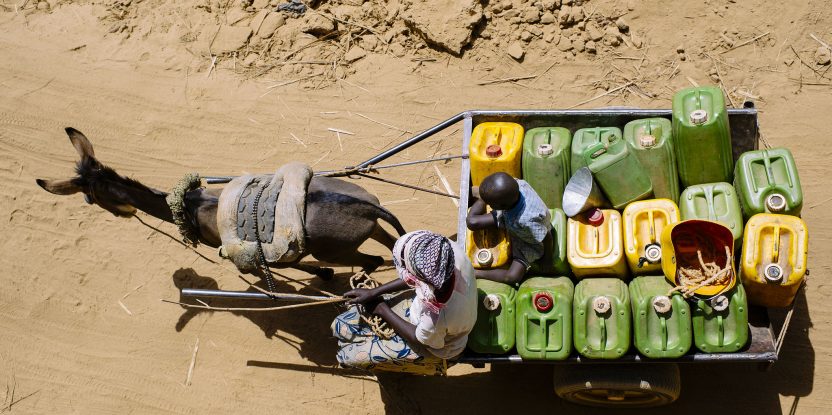Landscape approaches provide a framework to find solutions to social, environmental and economic challenges. In the past, sectoral approaches were often used to manage land, but more and more experts agree that integrated approaches are needed to ensure that landscapes are managed sustainably.
With this kind of approach, a landscape would be managed in such a way that it provides environmental services for more than one group or sector. For example, a single landscape could be managed in an integrated way to become a source of water for local communities and agriculture, provide trees for timber, support local biodiversity and give shade for cocoa farming. In this way, integrated landscape approaches can also contribute to solving global environmental challenges such as biodiversity loss, food insecurity and climate change.
Scientists from the University of Amsterdam (UvA) and Center for International Forestry Research (CIFOR) explored three established natural resource management schemes in the West African nations of Burkina Faso and Ghana to see if they could identify locally embedded entry points for implementing integrated landscape approaches.
“All three have interacting land uses, whether through agroforestry systems common throughout Burkina Faso, or a mosaic of wildlife reserves, food production and timber tree planting in Ghana,” says researcher Mirjam Ros-Tonen from the University of Amsterdam.
“But they all face deforestation, biodiversity loss, climate change, and persistent poverty,” adds Samson Foli, also from UvA.
